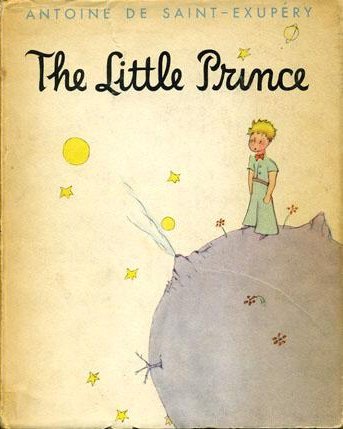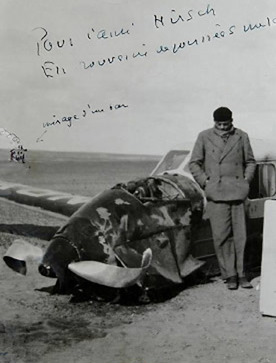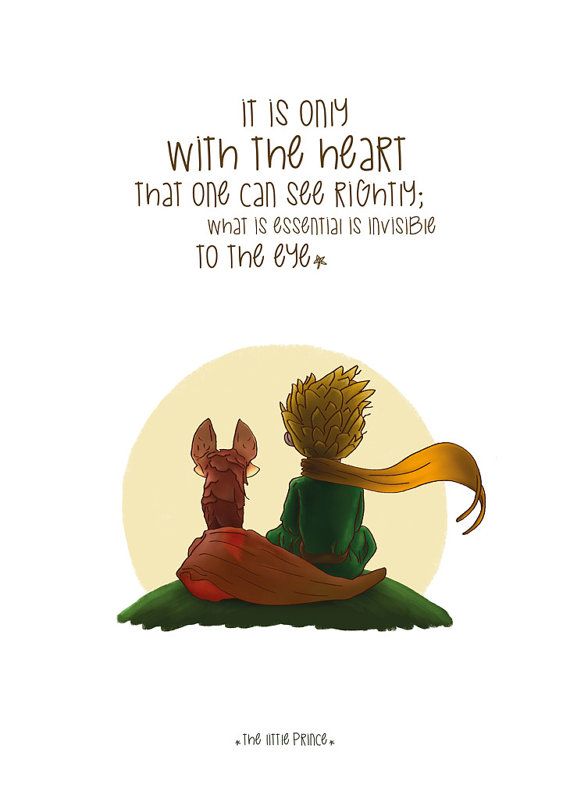1930 to 1945: A Summary my Bois
Antoine de Saint-Exupéry and The Little Prince
The Little Prince, or “Le Petit Prince” is the most famous work of French aristocrat, writer, poet, and pioneering aviator Antoine de Saint-Exupéry. The novella was first published in 1943, and has since been voted the best book of the 20th century in France. It has been translated into 300 different languages, including dialects, and it is one of the best selling and most widely translated books in history. The Little Prince has also been adapted to many different art forms including radio and live stage plays, film, television, opera, ballet and audio recordings.
After the outbreak of the Second World War, Saint-Exupéry escaped to North America. Despite personal upheavals and failing health, he produced most of the writings he would become remembered for in North America, including The Little Prince.
The Little Prince is styled a children’s book, but it is suitable for people of all ages as it makes several observations about life and human nature throughout. The fox’s messages in the novel are arguably the book’s most famous quotations because they deal with human relationships.

Inspiration and Creation
The Narrator
Many parallels can be drawn between the story of The Little Prince and Saint-Exupéry’s own life experiences. The story’s narrator, the pilot, talks of being stranded in the desert beside his crashed aircraft. Similarly, Saint-Exupéry also experienced being stranded in the Sahara. In fact, On 30 December 1935, at 02:45 am, after 19 hours and 44 minutes in the air, Saint-Exupéry, along with his copilot-navigator André Prévot, crashed in the Sahara desert in an attempt to break the speed record for a Paris-to-Saigon flight. Their crash site is thought to have been near to the Wadi Natrun valley, close to the Nile Delta. Both Saint-Exupéry and Prévot miraculously survived the crash, only to be lost in the sand dunes for a total of four days with less than a day’s worth of hydration. They were found by a Bedouin on a camel who administered a native rehydration treatment, saving Saint-Exupéry’s and Prévot’s lives.

Asteroid B-612
The prince’s home, “Asteroid B-612”, happens to have the same name as one of the planes Saint-Exupéry flew as an airmail pilot, which bore the serial number “A-612”.
The Fox
During his service as a mail pilot in the Sahara, Saint-Exupéry encountered a fennec (desert sand fox). In a letter written to his sister Didi in 1928, he also tells of raising a fennec that he adored. These experiences likely drove him to incorporate a fox in his story. The character and personality of the fox, however, is thought to have been modelled after the author’s intimate New York City friend, Silvia Hamilton Reinhardt. The novella’s iconic phrase, “One sees clearly only with the heart”, might also have been suggested by Reinhardt.

The Baobabs
The fearsome, grasping and destructive baobab trees might have been a subtle representation of Nazism and their course for world domination.
The Little Prince
Much speculation has taken place about the source of inspiration for the Little Prince’s character. The prince’s character and appearance may have been inspired from Saint-Exupéry’s own self as a youth, as during his early years friends and family called him le Roi-Soleil (“the Sun King”) because of his golden curly hair.
Other possible inspirations for The Prince’s character include Thomas De Koninck, an eight-year-old boy with curly blond hair he met in Quebec City in 1942, or Land Morrow Lindbergh, the young, golden-haired son of a fellow aviator (met in 1939).
The Prince might also be partially derived from a Christ figure, as the child is sin-free and “believes in a life after death”, subsequently returning to his personal heaven.

The Rose
It is believed that the prince’s kindhearted but petulant and vain rose might have been inspired by Saint-Exupéry’s Salvadoran wife Consuelo de Saint Exupéry. The prince’s asteroid would have been based on his wife’s small native country, El Salvador, also known as “The Land of Volcanoes”. Though they had a rather rocky marriage, Saint-Exupéry cared immensely for her.
Cited:
Wikipedia, The Little Prince: https://en.m.wikipedia.org/wiki/The_Little_Prince
The Little Prince: https://www.thelittleprince.com/
The New Yorker: https://www.newyorker.com/books/page-turner/the-strange-triumph-of-the-little-prince